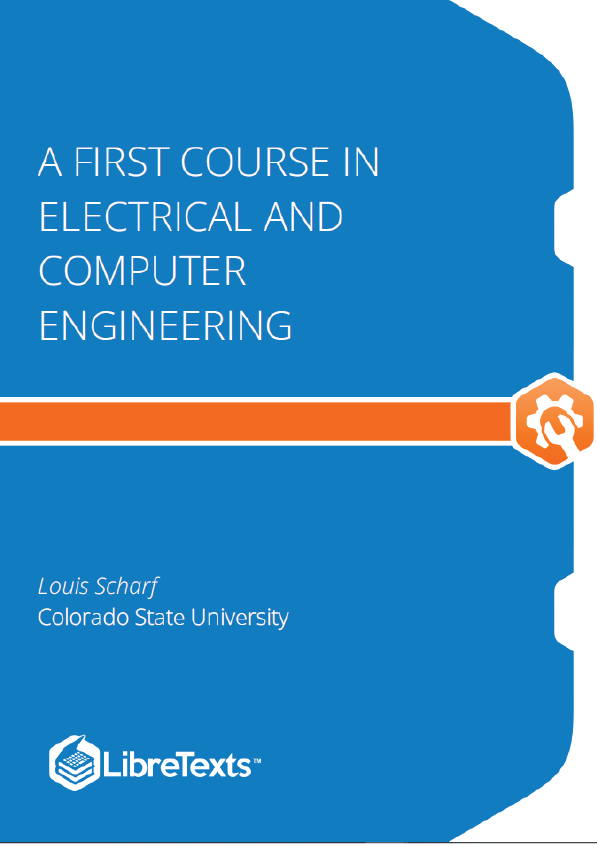This book was written for an experimental freshman course at the University of Colorado. The course is now an elective that the majority of our electrical and computer engineering students take in the second semester of their freshman year, just before their first circuits course. Our department decided to offer this course for several reasons:
- we wanted to pique student’ interest in engineering by acquainting them with engineering teachers early in their university careers and by providing with exposure to the types of problems that electrical and computer engineers are asked to solve;
- we wanted students entering the electrical and computer engineering programs to be prepared in complex analysis, phasors, and linear algebra, topics that are of fundamental importance in our discipline;
- we wanted students to have an introduction to a software application tool, such as MATLAB, to complete their preparation for practical and efficient computing in their subsequent courses and in their professional careers;
- we wanted students to make early contact with advanced topics like vector graphics, filtering, and binary coding so that they would gain a more rounded picture of modern electrical and computer engineering.
When we teach complex numbers to beginning engineering students, we encourage a geometrical picture supported by an algebraic structure. Every algebraic manipulation carried out in a lecture is accompanied by a care-fully drawn picture in order to fix the idea that geometry and algebra go hand-in-glove to complete our understanding of complex numbers. We assign essentially every problem for homework.
We use the MATLAB programs in this chapter to illustrate the theory of complex numbers and to develop skill with the MATLAB language. The numerical experiment introduces students to the basic quadratic equation of electrical and computer engineering and shows how the roots of this quadratic equation depend on the coefficients of the equation.
“Representing Complex Numbers in a Vector Space,” is a little demanding for freshmen but easily accessible to sophomores. It may be covered for additional insight, skipped without consequence, or covered after Chapter 4. “An Electric Field Computation,” is well beyond most freshmen, and it is demanding for sophomores. Nonetheless, an expert in electromagnetics might want to cover the section “An electric Field Computation” for the insight it brings to the use of complex numbers for representing two dimensional real quantities.



